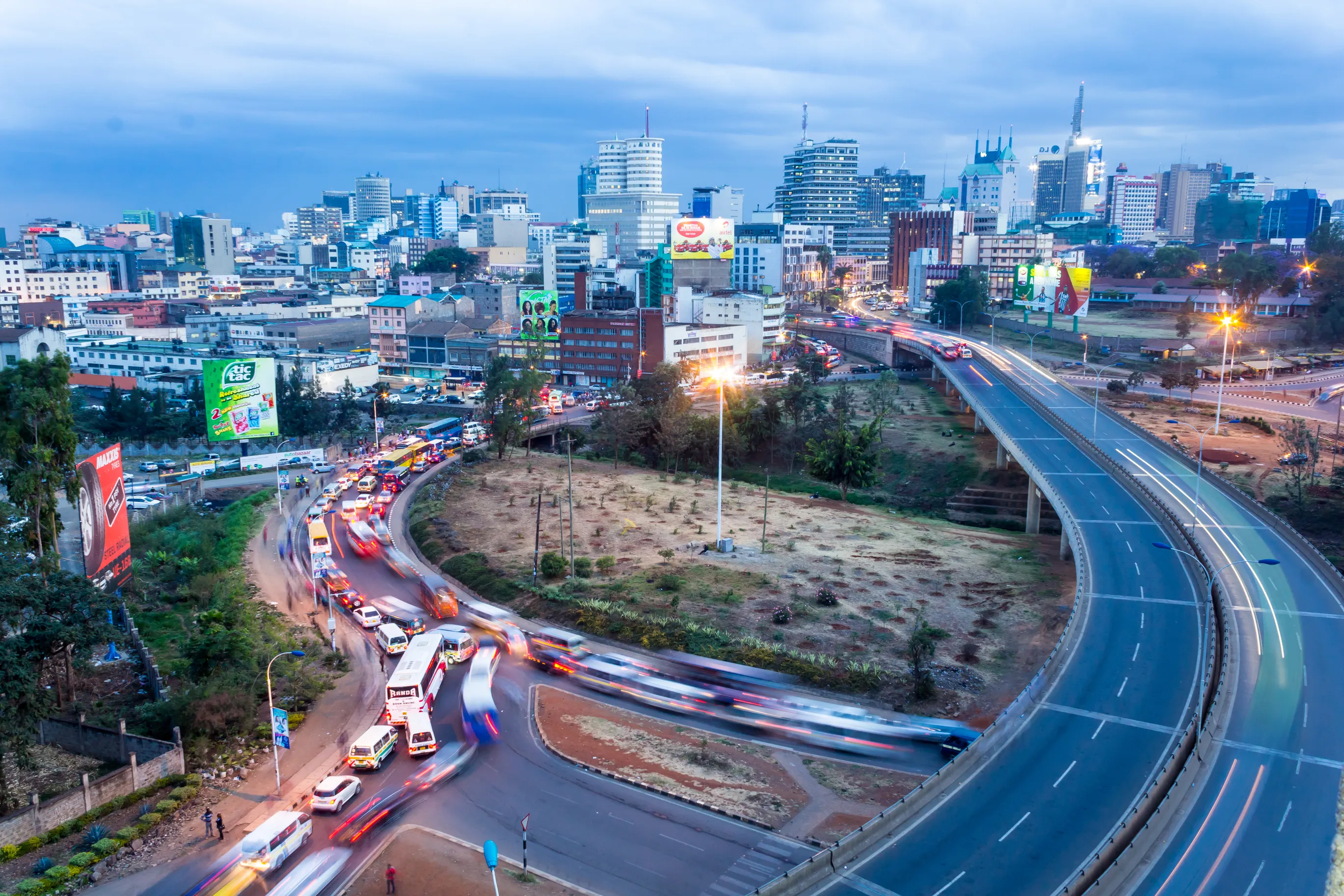Kenya is on track to build a new highway connection from the port of Lamu to Isiolo. The project is for a 530km highway and will cost US$620 million, with the route running through Garissa. The final route has yet to be identified but it seems likely that the highway will skirt a number of the country’s protected areas that are subject to tight environmental requirements and on which Kenya relies for much of its tourist trade. The project will be carried out by the Lamu Road Consortium (LRC), which comprises South African firm Group Five and the Development Bank of Southern Africa (DBSA). The project will be carried out as a PPP under a 25-year build-operate-transfer package. Construction is expected to take 48 months to complete, with work commencing in mid-2018. The project will deliver better port access for East African countries and will improve transport connections to Kenya’s northern port of Lamu. The new link will form part of the Lamu Port South Sudan Ethiopia Transport (LAPSSET) Corridor Project. At Isiolo, the road will link with the planned Isiolo-Lokichar Road, close to Kenya’s border with Uganda. The route will also end at Lokichar in Turkana where it will join the Eldoret-Juba highway. At Isiolo it will connect to the new northbound road to Moyale, which lies on the border with Ethiopia.
Kenya’s new road connection for port
Kenya is on track to build a new highway connection from the port of Lamu to Isiolo. The project is for a 530km highway and will cost US$620 million, with the route running through Garissa. The final route has yet to be identified but it seems likely that the highway will skirt a number of the country’s protected areas that are subject to tight environmental requirements and on which Kenya relies for much of its tourist trade. The project will be carried out by the Lamu Road Consortium (LRC), which comprise
December 1, 2017
Read time: 2 mins






